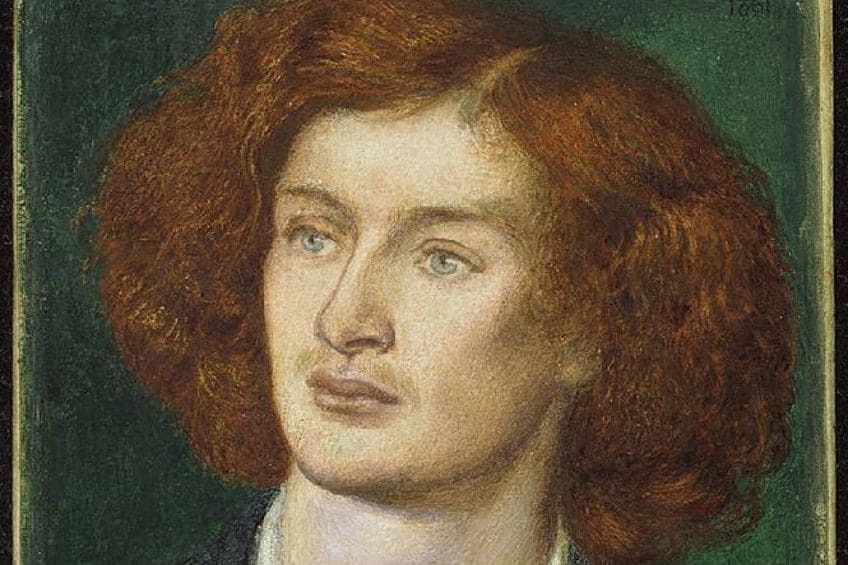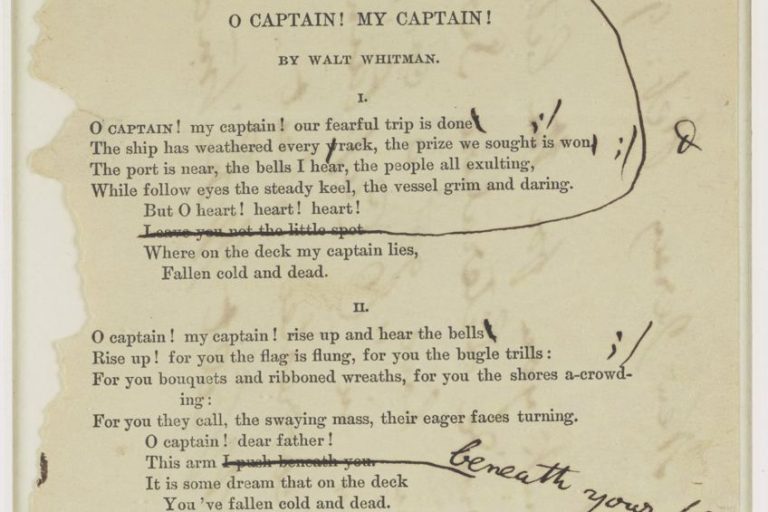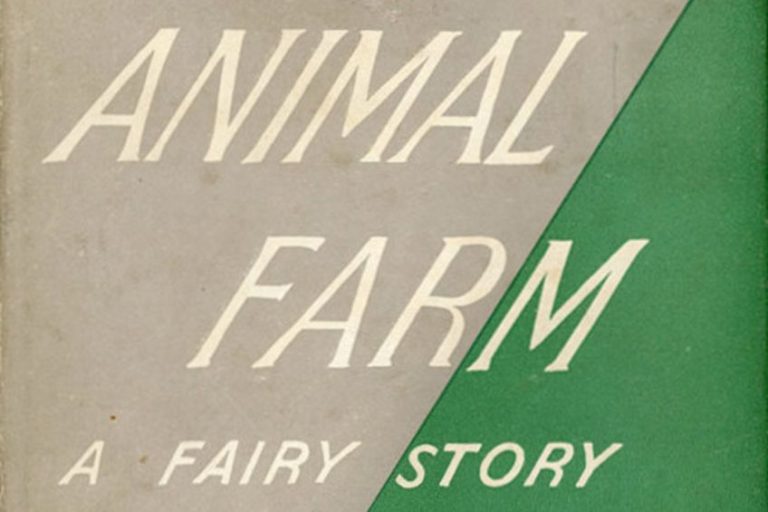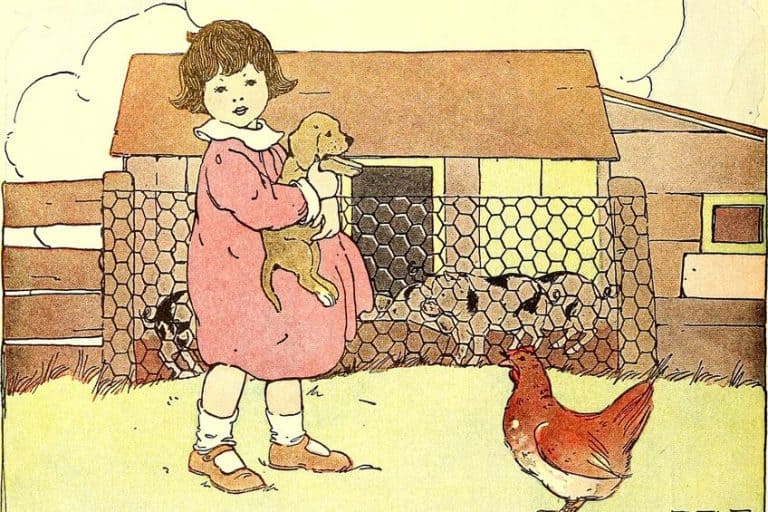Sestina – Discover One of the Most Complex Poetic Forms
Some poetic forms are noted for being immensely complex and difficult to write, and the sestina is usually seen as one of those types of poems. That is why this article will examine the history of this form, the sestina structure, the characteristics of these kinds of poems, how to write a sestina, and a few sestina poem examples. If this kind of immensely difficult and complex poetic structure is one that interests you, keep reading to learn more about sestinas!
Table of Contents
A Look at the Sestina
The sestina is a particularly complex and difficult poem to write. This is the case for a number of reasons to do with the specific sestina structure for which it has become notorious. However, we will discuss that structure, and many other aspects of the sestina, in far more detail below. What can be noted now, for the purposes of introduction, is that the sestina is a 39-line poem that makes use of six six-line stanzas followed by a three-line conclusive stanza.

However, this is only the basic aspect of the poem itself. Those six stanzas must all end on six particular words, and those words are then repeated, in a different order, in each subsequent stanza. This makes it a particularly difficult and complex type of poetry to write, but also one that can be very interesting to try your hand at if you want to try. That is why this article will both answer the question, “What is a sestina?” and attempt to illustrate how to write a sestina. However, before we can jump into any of that stuff, we first need to stop for a short while to have a look at a short summary of the general concept of the sestina before we proceed.
Summary of the Sestina Poem
Before we get into the remainder of the article and truly set out to answer the question, “What is a sestina?”, let’s first give a brief summary of the general idea around this type of poem, and then we can proceed. This summary is for anyone who might not have all the time in the world to read the whole article and it’s also for those who may just need a bit of a recap.
- The sestina involves end-word repetition. This poetic form makes use of six words that appear at the end of every single sestet stanza in the poem. These end-words are repeated in every other stanza but in a different order. Each word ultimately fills each of the spots in the poem by the conclusion.
- The sestina has 39 lines in total. There are six six-line stanzas, also known as sestets, in this poem for a total of 36 lines. However, this is ultimately followed by an additional three-line tercet, which makes use of all of the end-words that have been used in the poem. This brings the total number of lines up to 39.
- The sestina is noted for its complexity. Thanks to the alternating arrangement of the words and the way in which they are meant to alter in meaning has led to the sestina achieving notoriety for its difficulty in composition. However, this is also what makes it such a fascinating poetic structure.
These have been our very short few points that should give a very basic overview of some of the ideas that will be explored throughout the remainder of this article.
For those who do want to learn some of the non-summarized points to do with sestinas, you can keep reading about the origins of this form.
The History of the Sestina Poem
The sestina is an old poetic structure that originated in the French region of Provence, and the earliest instances of the form were, therefore, written in French dialects. The first of these writers was Arnaut Daniel. However, his early sestina was a bit different from the form that would eventually come to be recognized as the standard sestina structure. However, it has also been suggested that this figure may have simply been adapting an older poetic form. Regardless of this fact, this troubadour is considered to be the inventor of the sestina poem even if his works have not necessarily remained the best-known example of the sestina.
This form would continue to be produced in France but soon found its way into Italy where it was taken onboard by both Dante and Petrarch. These two figures are considered to be some of the most notable in the history of Italian poetry, and so their involvement in the development of this structure aided in spreading the form further than it had ever been spread before. This has also led to the sestina often being seen as a form of Italian verse rather than French verse despite this being incorrect.
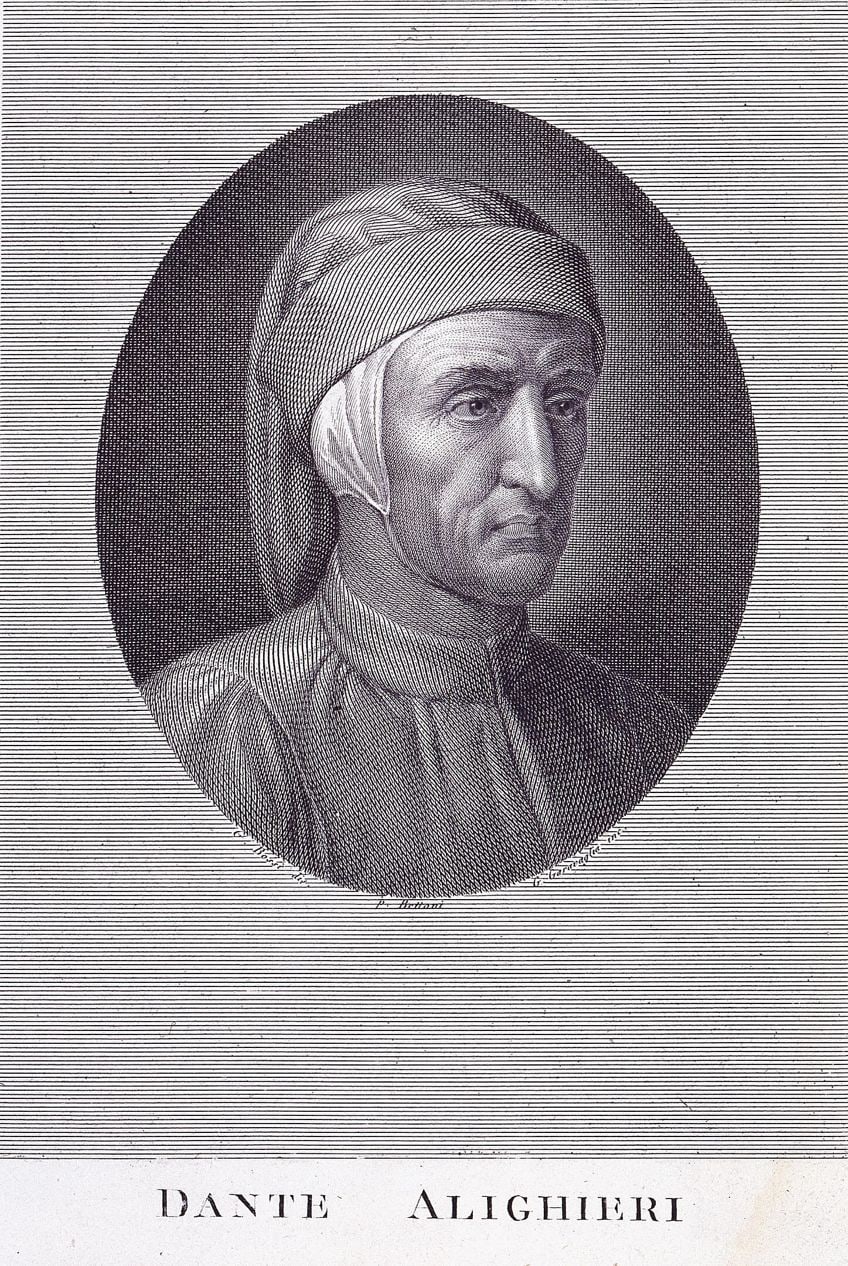
This poetic form would eventually make its way into the English language in the 15th century but would increase in popularity into the next century. It came to be especially associated, in the English language, with the sestinas of Philip Sidney (one of his poems will be discussed in one of the sections below). The form would fade out of popularity again but had English-language resurgences in the 1870s and the 1930s for different reasons, and while the form is not one of the most famous types of poems, especially when compared to something like the sonnet, it has still managed to remain a popular form into the present day.
There are many contemporary poets who continue to use this type of poem because of its intricacies and the general difficulty in producing one. It can often serve as a challenge to a poet to produce a poetic form of this nature. However, we should probably look at the sestina structure to understand why it is considered to be such a complex poetic form.
The Sestina Structure
The structure of the sestina is what makes it such a difficult poem to write. This is because it has an end-word structure rather than being based on rhyme. The structure is as follows: six sestets followed by a tercet. This means that there are, in total, 39 lines in the poem. There are six six-line stanzas and a final three-line stanza to end it all off. Those stanzas all need to follow a specific and alternating end-word structure. This means that the last word in each of the lines has to be repeated in every other sestet stanza but with an order that alters.
So, what this ultimately means is that there are only six words that end every line in this poetic structure, but they are moved around and so need to be used in different contexts during different parts of the poem.
The below simplification of the order should help to explain this the sestina layout. The first stanza has its words arranged from the first to the sixth, but each subsequent stanza has those words in a different order. Each number signifies where the end-word of the first stanza is located in every other stanza of the poem. This is a simplified image of this order as many other graphs and such that show the order of a sestina can be difficult to read:
- The first stanza: 1, 2, 3, 4, 5, 6
- The second stanza: 6, 1, 5, 2, 4, 3
- The third stanza: 3, 6, 4, 1, 2, 5
- The fourth stanza: 4: 5, 3, 2, 6, 1, 4
- The fifth stanza: 4, 5, 1, 3, 6, 2
- The sixth stanza: 2, 4, 6, 5, 3, 1
It is easy to see from this layout why the sestina structure is noted for its difficulty. Each of the words has to be used in a different way in each instance of the word’s repetition. However, this is not the whole structure of this poetic form. Instead, this is only the first six sestet stanzas of the poem. The sestina ultimately ends on a tercet. So, after all of this has been accomplished, there are only three lines left.
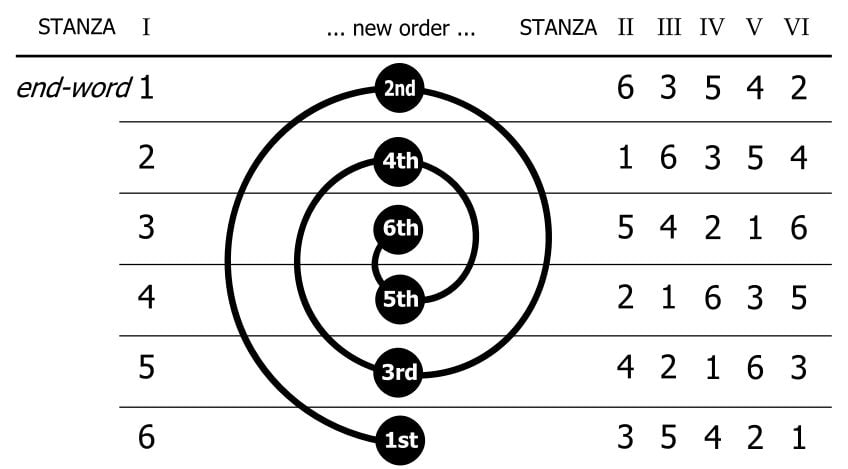
Those three lines are known as an envoi, and while they do not have a strict order, they do need to make use of all six of the words that have been repeated thus far. So, those six words that have been used over and over again must finally end off the poem as a whole in an order that is, generally reminiscent of the poem above, such as by having a 1-3-5 or 2-4-6 structure. The end-words have to still be end-words in this last stanza, but as there are only three lines, three of those words must be used within the lines and the other three at the end of the lines.
Ultimately, all of this is to show that the sestina structure is a famously complex one that can be very difficult to write. To pull off a poem with this structure, planning is required, because the complex structure does not lend itself to a more freeform means of composition.
Common Characteristics of the Sestina Poem
While we have discussed the sestina structure, we have not much looked at some of the common characteristics that can come with this form. We already know the aspects that must be adhered to, such as the six-sestet and single-tercet structure and the end-world alternating repetition.
However, these poems also often make use of a more flexible metrical structure as the poem is already complex enough, and, in addition to this, they often lack rhyme schemes.
All of this points towards a type of poetry that is complex in its presentation and has the opportunity to be complex in the development of its themes and ideas. The repetition forces the poet to constantly focus on the ideas that are being presented seeing as the words are not allowed to change. The poet needs to have words in mind that can allow them to repetitively explore ideas.
How to Write a Sestina
The first thing that you need to do before you consider writing a sestina is planning. You need to plan out a poem like this because winging it is not going to work unless you want to do substantial amounts of editing that will likely take far longer than composition will ever take. So, keep in mind the complexity of the form before you decide to try your hand at this structure.
The next thing that will be beneficial is to decide what your end-words should be. These words have to be repeated six times throughout the first six stanzas of the poem, and this also means that they need to have a different context each and every time. So, choose words that are flexible and can be used in a variety of situations and occasions.

The first stanza should serve as your baseline for the remainder of the poem. So, write that first stanza! You will need to plan out every other stanza based on the position of the words in that first stanza. This is where the trickiness comes into play, and it can often help to have some pages ready where you have written each of the end-words in the correct order. If you don’t do something like this then you may become confused.
Once this is all ready, you can get truly underway. The sestina structure takes a lot of time to write because you need to be careful with the position of every word and line. This means that you should take it slow and don’t attempt to rush through. The form may be challenging to write, but it is also satisfying to finish something like this! And that is a brief series of suggestions on how to write a sestina.
Sestina Poem Examples
Figuring out how to write a sestina is a complicated thing, but one that can best be explored by examining a number of different sestina poem examples to try and learn from the greats as much as possible.
This is a small list of some of the best-known sestinas out in the world, but they are far from the only sestinas that you could learn from.
Ye Goatherd Gods (1593) by Sir Philip Sidney
| Date Published | 1593 |
| Type of Poem | Sestina |
| Rhyme Scheme | None |
| Meter | None |
| Topic | Love story |
Ye Goatherd Gods is a poem that tells the story of two shepherds who have fallen in love with the same woman. The poem is an examination of the heartbreak that these two shepherds experience after both having lost this woman and, in their grief and sadness, they attempt to speak to the gods to request assistance in the terrible feelings that they experience.

The poem, as a whole, presents this narrative in a relatively straightforward manner. However, the entire poem does make use of a sestina structure to present us with this narrative. The sestina structure of the poem adds immense complexity to the form. In addition, this poem is not actually a standard sestina, but rather an example of a double sestina.
This means that it makes use of double the complexity in its form and this doubling of the form aids in the textual time given to the plight of each of these shepherds and the feelings that they experience.
Sestina (Between 1837 and 1901) by Algernon Charles Swinburne
| Date Published | Between 1837 and 1901 |
| Type of Poem | Sestina |
| Rhyme Scheme | Complex |
| Meter | None |
| Topic | Passage of days |
Sestina is a poem that focuses on the days and the way in which they pass us by. The general narrative of the poem is one that focuses on the soul and the soul’s journey through a number of experiences. It sees day and night pass us by as pain and pleasure are experienced, and the poem juxtaposes the serenity of nighttime and the dreams that come with it against the realities of the day.

This is a beautiful sestina and one of the best-known sestina poem examples. The use of the sestina structure in this instance is indicative of the kinds of ideas that the sestina form often adds to a poem. The sestina is a fantastic structure when it comes to immense repetition. It requires the repetition of six words over and over again, and those words can help to solidify the ideas on display.
This is also the case with this particular example of the sestina.
Sestina of the Tramp-Royal (1896) by Rudyard Kipling
| Date Published | 1896 |
| Type of Poem | Sestina |
| Rhyme Scheme | None |
| Meter | None |
| Topic | Reflections on life |
Sestina of the Tramp-Royal is an example of the sestina structure that was written by the famous colonial writer, Rudyard Kipling. This particular poem is a means of exploring the experiences of a “tramp” character as he travels around the world while thinking about his life and the work that he has performed throughout it. The poem presents a strong and easier-to-read portrayal of this life.

The sestina structure is adopted here in an expert manner as it is possible to read this instance of the sestina without noticing the complex repetition of words. This sestina poem example is notable because of its more naturalistic flow, and the way in which it does not necessarily call attention to its complex form.
That is why this particular example of this poetic structure is considered to be such a fantastic example of the form.
Sestina: Altaforte (1909) by Ezra Pound
| Date Published | 1909 |
| Type of Poem | Sestina |
| Rhyme Scheme | None |
| Meter | None |
| Topic | Peace and war |
Sestina: Altaforte is a poem by one of the most famous of all the Modernist poets. In the case of this particular poem, it serves as both one of the best sestina poem examples and also as a dramatic monologue. The poem explores ideas surrounding both peace and war and how the figure who speaks to us in the poem is a war-loving figure who has issues with the whole idea of peace in general.

The sestina structure of the poem is used to strong effect in this instance of the form as it allows a constant examination of themes to do with violence, masculinity, and the propensity for warlike desires. The imagery used in the poem is typically considered to be highly provocative.
It presents us with the chaotic and violent desires of the speaker of the poem in question.
Forage Sestina (1974) by Marilyn Hacker
| Date Published | 1974 |
| Type of Poem | Sestina |
| Rhyme Scheme | Complex |
| Meter | None |
| Topic | Restraint |
Forage Sestina is a poem that makes use of both language and construction terminology to produce the image of a person who has been immensely restrained in their life. The restraint that they feel is caused by words, but those words are turned into the metaphor of a building that has surrounded and encased them to stop them from ever escaping it. The poem is a dark exploration of these kinds of feelings and a phenomenal example of the form.

The specific words that are repeated in this sestina poem are all, aside from “words”, associated with the construction of buildings, such as “wire”, “beams”, and “room”. These words are constantly repeated in this poem to present us with the extended metaphor of a crumbling structure that keeps us in place. This poem is a great example of the more modern examples of the sestina that can be produced.
When it comes to how to write a sestina, the main answer is that you have to practice the form. It is a highly complex and difficult-to-write type of poem that requires extensive planning and preparation before you can hope to pull a decent one off, but this article has gone over some of the points that may help you to both understand sestina poems but to also try your own hand at them one day. They may be complicated, but the only way you’ll know if you can write one is if you decide to start and give it the best try you’ve got!

Frequently Asked Questions
What Is a Sestina?
This is a type of highly complex poetry that requires a specific formal arrangement. The poem is made up of six separate six-line stanzas with a follow-up tercet (or three-line stanza). This makes the full length of this type of poetry 39 lines. However, it isn’t just about the number of lines. Instead, it is about the specific arrangement of those lines. There is no rhyme in a sestina poem, so instead of a rhyme scheme, there is an alternating arrangement of end words. There are only six words that end each line, and they have to be used in every stanza, but they change their exact order in each stanza according to a set layout. This makes the sestina a difficult form to produce.
Why Is the Sestina Structure So Difficult to Write?
The complexity of the sestina comes from the fact that it has a highly complex structure in which six words need to be repeated six times across six different stanzas in six different orders. These words also have to be at the end of every line, and they are supposed to have varied meanings each time. This indicates that the sestina structure is an expert poetic structure that requires extensive planning and creativity to accomplish.
What Is a Double Sestina?
There are a few definitions for this particular variation of the sestina structure, and they are all immensely complex. The double sestina can be a set of two sestina poems that follow from one another, which doubles the work of the sestina. Or, it can refer to a doubling of the stanza length into twelve separate twelve-line stanzas with the same basic premise as a standard sestina but significantly more complex because there are double the amount of crossing words and structures that need to be taken into account. If you want to learn how to write a sestina, rather start with a standard sestina, not a double sestina.
Which Poets Are Best Known for Writing Sestinas?
There are a number of poets who have tried their hand at sestinas over the years, but the form is a particularly difficult one to accomplish and so there are not that many authors who are well known for them. Some of the best-known include poets like Sir Philip Sidney, W. H. Auden, and John Ashbery. This also means that there is a lot of room for others to see if they too can write a sestina. It’s always worth a try, after all.
What Are Some Famous Sestina Poem Examples?
Some of the most famous sestina poem examples include Ye Goatherd Gods (1593) by Sir Philip Sidney, Sestina of the Tramp-Royal (1896) by Rudyard Kipling, and Sestina: Altaforte (1909) by Ezra Pound. However, there are many other examples of this particular form that one could find in the world if one were so inclined to do so. However, keep in mind that these poems are rather lengthy things to read.
Justin van Huyssteen is a freelance writer, novelist, and academic originally from Cape Town, South Africa. At present, he has a bachelor’s degree in English and literary theory and an honor’s degree in literary theory. He is currently working towards his master’s degree in literary theory with a focus on animal studies, critical theory, and semiotics within literature. As a novelist and freelancer, he often writes under the pen name L.C. Lupus.
Justin’s preferred literary movements include modern and postmodern literature with literary fiction and genre fiction like sci-fi, post-apocalyptic, and horror being of particular interest. His academia extends to his interest in prose and narratology. He enjoys analyzing a variety of mediums through a literary lens, such as graphic novels, film, and video games.
Justin is working for artincontext.org as an author and content writer since 2022. He is responsible for all blog posts about architecture, literature and poetry.
Learn more about Justin van Huyssteen and the Art in Context Team.
Cite this Article
Justin, van Huyssteen, “Sestina – Discover One of the Most Complex Poetic Forms.” Art in Context. November 23, 2023. URL: https://artincontext.org/sestina/


